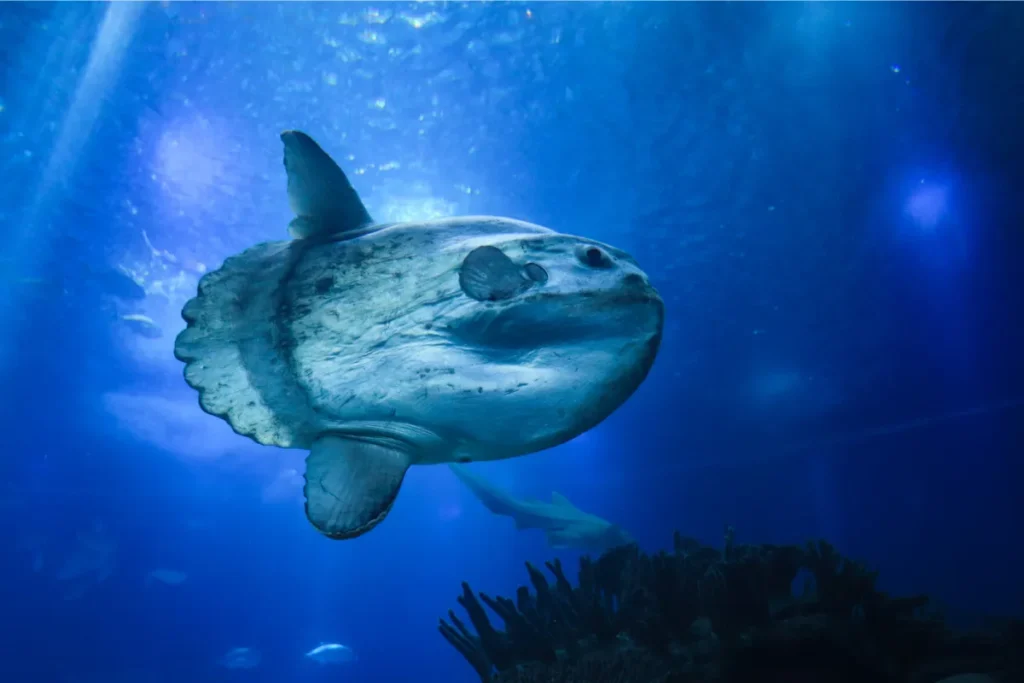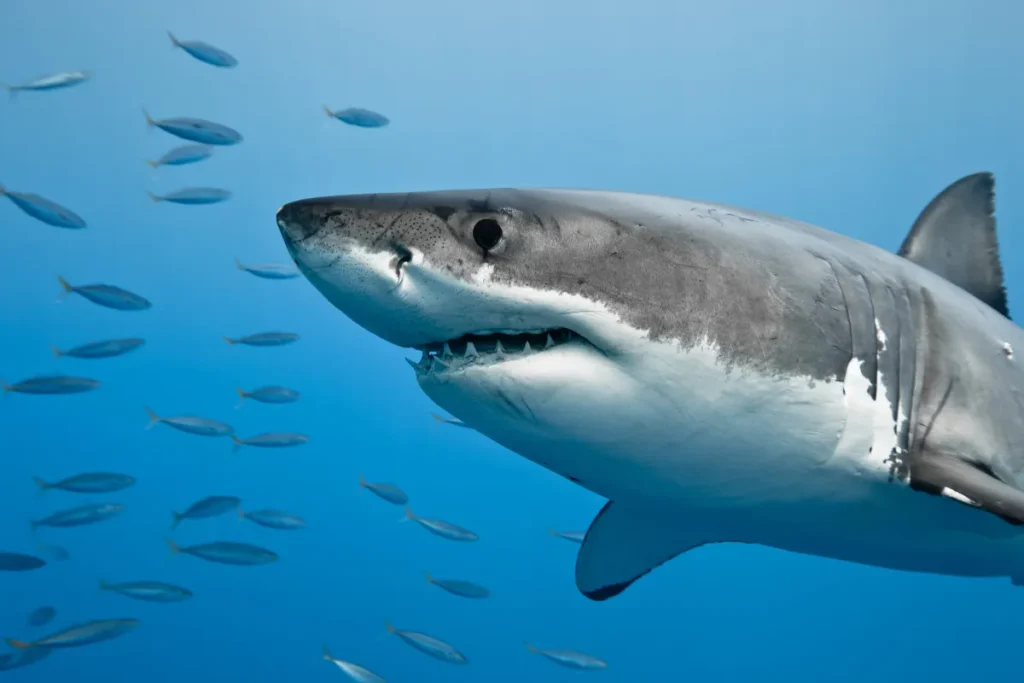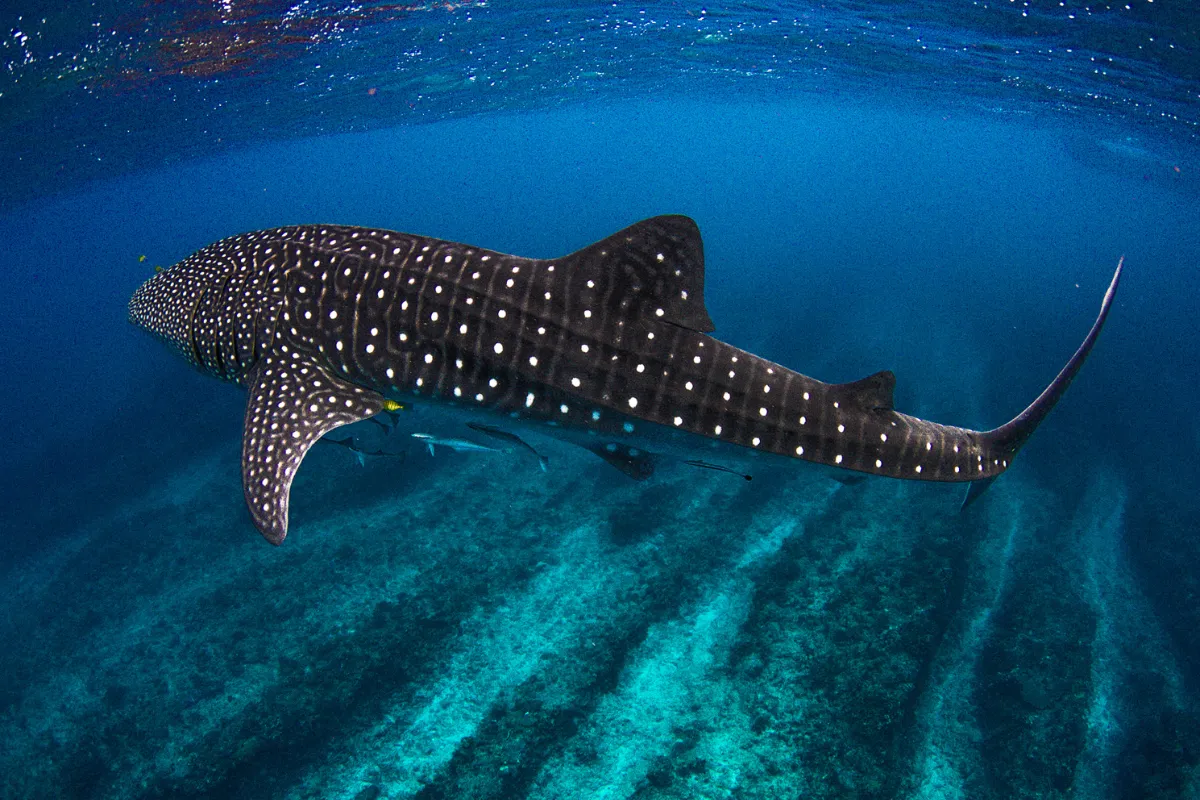The vastness of the ocean hides wonders beyond imagination.
From tiny plankton to colossal creatures, the marine world is filled with awe-inspiring beings.
Among them, some of the most captivating are the largest fishes that roam the depths.
Join us as we dive into the depths to discover these magnificent giants.
Whale Shark: Gentle Giant of the Sea
At the top of the list sits the whale shark, the largest fish in the ocean.
Despite its intimidating size, this gentle giant poses no threat to humans, as it primarily feeds on plankton and small fish.
With its distinctive spotted pattern and graceful movements, encountering a whale shark is a dream come true for many divers.
Manta Ray: The Graceful Glider
Swimming effortlessly through the water, the manta ray is another giant of the ocean.
While not as massive as the whale shark, its wingspan can reach up to 25 feet, making it an impressive sight to behold.
These majestic creatures are known for their acrobatic displays as they gracefully glide through the water, captivating anyone lucky enough to witness them in their natural habitat.
Basking Shark: Filter-Feeding Behemoth
Named for its habit of basking near the surface of the water, the basking shark is the second-largest fish in the ocean.
Like the whale shark, it is a filter feeder, consuming vast quantities of plankton as it swims with its mouth wide open.
Despite its enormous size, the basking shark is harmless to humans, preferring to peacefully coexist in the depths.
Ocean Sunfish: Quirky Giant of the Deep

With its peculiar appearance and unique behaviors, the ocean sunfish, or mola mola, is one of the most unusual inhabitants of the ocean.
While not the longest fish, it is the heaviest, with some individuals weighing as much as two tons.
Despite its size, the ocean sunfish is surprisingly agile, often leaping out of the water in spectacular displays.
Greenland Shark: Ancient Predator of the Arctic
Venturing into the frigid waters of the Arctic, we encounter the Greenland shark, one of the largest predators in the ocean.
With its sluggish movements and eerie appearance, this ancient creature has earned a fearsome reputation among sailors and fishermen.
Despite its formidable size, the Greenland shark is rarely seen by humans, preferring to lurk in the icy depths.
Great White Shark: Apex Predator of the Seas

No discussion of ocean giants would be complete without mentioning the great white shark.
With its powerful jaws and razor-sharp teeth, this apex predator strikes fear into the hearts of swimmers and surfers alike.
While not the largest fish, the great white’s reputation as a fearsome hunter has earned it a place of respect in the marine ecosystem.
Conclusion:
From the gentle giants like the whale shark to the formidable predators like the great white, the ocean is home to an incredible array of large fishes.
Each species plays a vital role in maintaining the delicate balance of the marine ecosystem, reminding us of the importance of protecting these magnificent creatures for generations to come.
FAQs
Are all large fishes in the ocean predators?
A1: No, while some large fishes like the great white shark are apex predators, others such as the whale shark and basking shark are filter feeders that primarily consume plankton.
How long can a whale shark grow?
A2: Whale sharks can grow up to lengths of around 40 feet, although some unverified reports suggest they may grow even larger.
Are manta rays dangerous to humans?
A3: Manta rays are generally harmless to humans and are known for their gentle nature. However, like any wild animal, they should be treated with respect and caution.
Where can I see these giant fishes in the ocean?
A4: Many of these large fishes can be found in tropical and temperate waters around the world. Popular diving destinations such as the Maldives, Australia’s Great Barrier Reef, and Mexico’s Yucatan Peninsula offer opportunities to encounter them in their natural habitat.
How can I help protect these ocean giants?
Supporting marine conservation efforts, reducing plastic pollution, and practicing responsible fishing habits are all ways to help protect these magnificent creatures and their fragile ecosystems.

